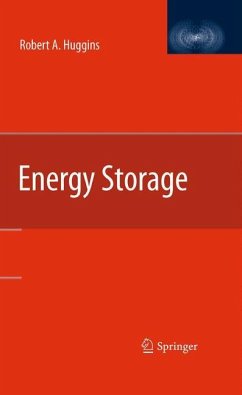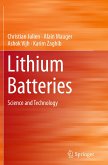Introduction Energy is necessary for a number of reasons, the most basic and obvious involve the preparation of food and the provision of heat to make life comfortable, or at least, bearable. Subsequently, a wide range of technological uses of energy have emerged and been developed, so that the availability of energy has become a central issue in society. The easiest way to acquire useful energy is to simply ?nd it as wood or a hydrocarbon fossil fuel in nature. But it has often been found to be advantageous to convert what is simply available in nature into more useful forms, and the processing and conversion of raw materials, especially petrochemicals have become a very large industry. Wood Wood has been used to provide heat for a great many years. In some cases, it can be acquired as needed by foraging, or cutting, followed by simple collection. When it is abundant there is relatively little need for it to be stored. However, many societies have found it desirable to collect more wood than is immediately needed during warm periods during the year, and to store it up for use in the winter, when the needs are greater, or its collection is not so convenient. One can still see this in some locations, such as the more remote communities in the Alps, for example. One might think of this as the oldest and simplest example of energy storage.
Aus den Rezensionen:
"... Es schließen sich 22 Kapitel mit theoretischen Grundlagen und verschiedenen Energiespeichermöglichkeiten an. ... das Buch sehr schon die reversible Interkalation ... hilft dem Leser dabei, die verschiedenen Konzepte ... zu verstehen. ... Das lehrreiche und didaktisch gut gemachte Buch bietet einen umfassenden Überblick über die physikalischen, elektrochemischen und strukturellen Prinzipien ... wendet sich gleichermaßen an Studenten Doktoranden wie an Hochschul und Industriewissenschaftler. ... Zielt auf Grundlagenverständnis und eignet sich zum Selbststudium oder auch als Nachschlagewerk ..." (Thomas Wohrle, in: Nachrichten aus der Chemie, April/2011, Vol. 59, Issue 04, S. 469)
"... Es schließen sich 22 Kapitel mit theoretischen Grundlagen und verschiedenen Energiespeichermöglichkeiten an. ... das Buch sehr schon die reversible Interkalation ... hilft dem Leser dabei, die verschiedenen Konzepte ... zu verstehen. ... Das lehrreiche und didaktisch gut gemachte Buch bietet einen umfassenden Überblick über die physikalischen, elektrochemischen und strukturellen Prinzipien ... wendet sich gleichermaßen an Studenten Doktoranden wie an Hochschul und Industriewissenschaftler. ... Zielt auf Grundlagenverständnis und eignet sich zum Selbststudium oder auch als Nachschlagewerk ..." (Thomas Wohrle, in: Nachrichten aus der Chemie, April/2011, Vol. 59, Issue 04, S. 469)








